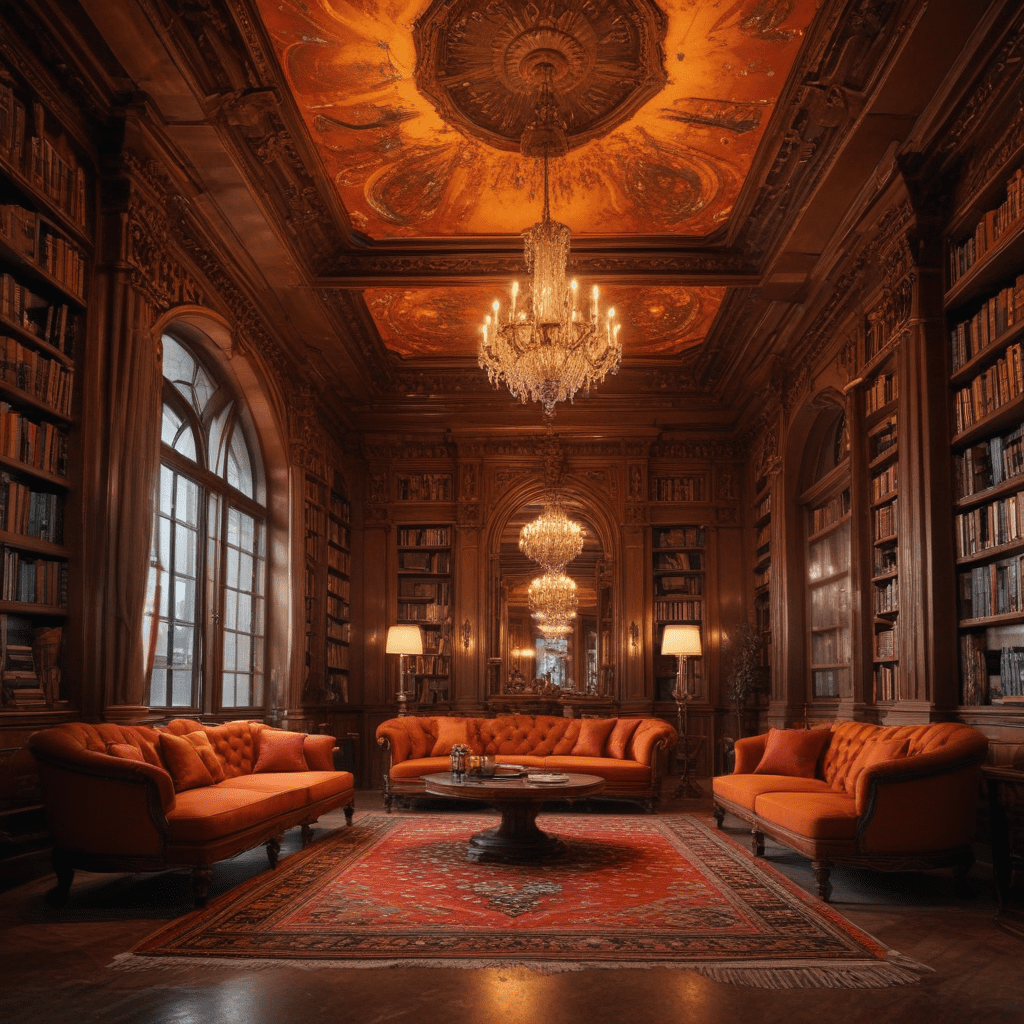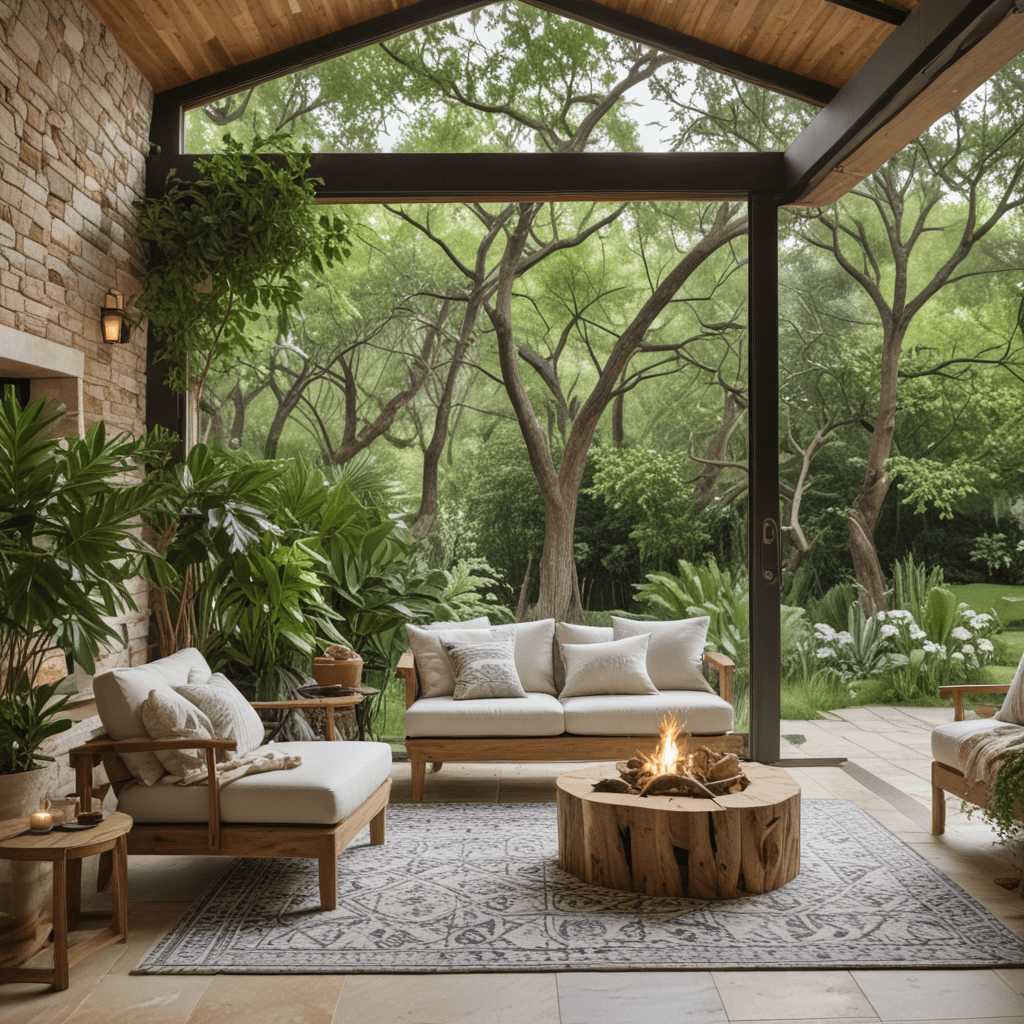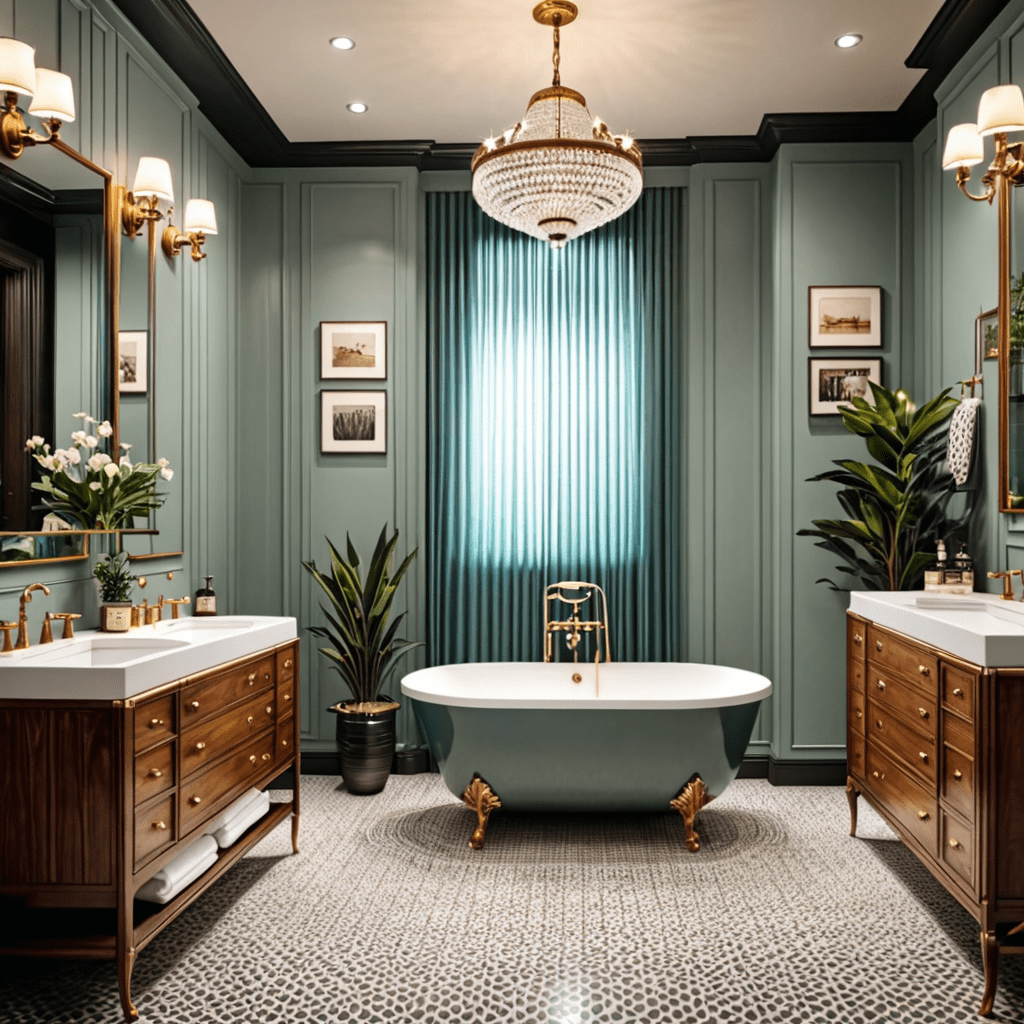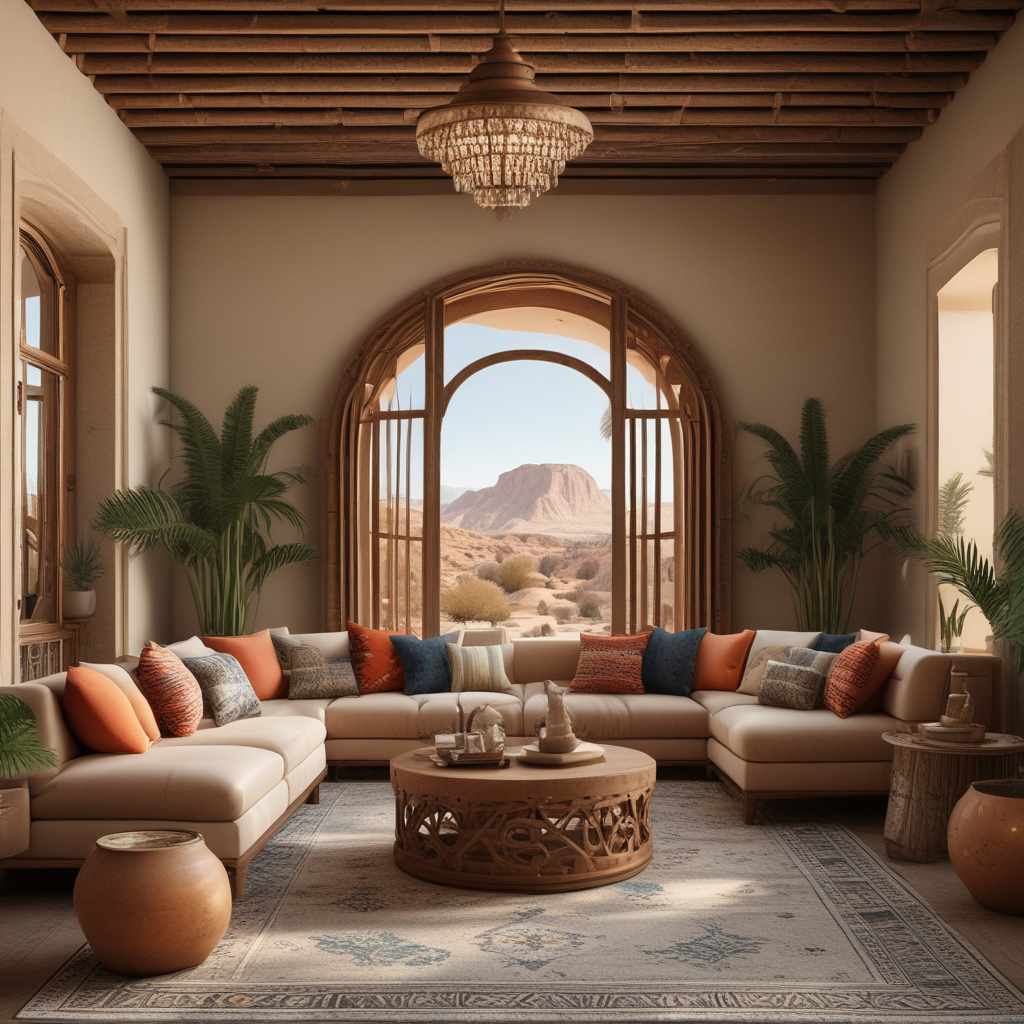Creating a Harmonious Interior Design
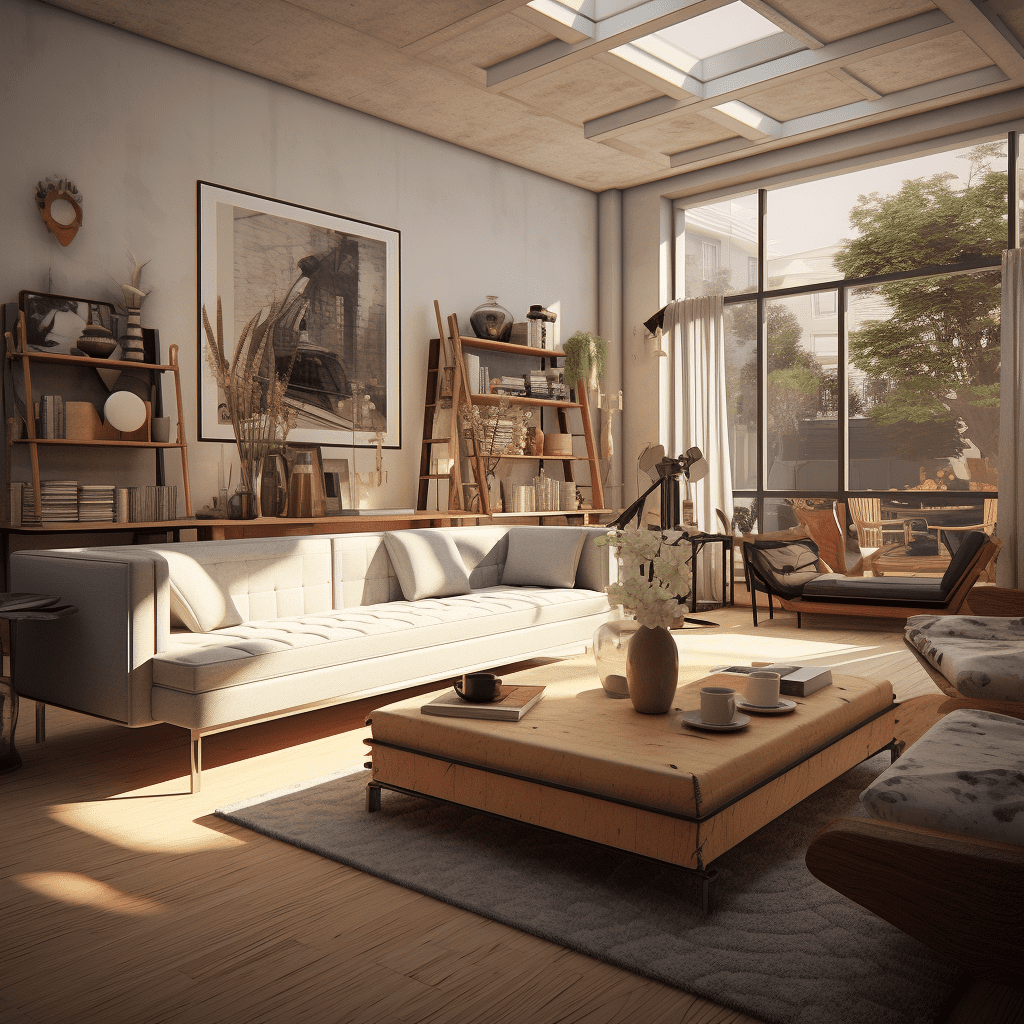

The Importance of Harmony in Interior Design
Harmony is a key principle in interior design that can create a pleasing and balanced environment. Achieving harmony in your space can greatly contribute to your overall well-being and comfort. In this article, we will explore the concept of harmony in interior design, its benefits, and how to achieve it in your own home.
What is Harmony in Interior Design?
In interior design, harmony refers to the artful combination of various elements to create a cohesive and visually appealing space. It involves balancing colors, textures, patterns, shapes, and materials in a way that creates a sense of unity and balance. When a room has a harmonious design, all the elements work together seamlessly, creating a sense of comfort and tranquility.
The Benefits of Harmony in Interior Design
Harmony in interior design offers numerous benefits for both your physical and emotional well-being. Here are some of the key advantages:
1. Improved Relaxation
A harmonious space has a calming effect on our minds and bodies. When the elements in a room are balanced and in harmony, it creates a sense of tranquility and relaxation. This can help reduce stress and promote overall well-being.
2. Enhanced Visual Appeal
Harmonious designs are visually pleasing and invite a positive response. When the colors, patterns, and textures in a room are balanced, it creates a visually appealing space that is aesthetically pleasing to the eye.
3. Better Functionality
Harmony in interior design goes beyond just aesthetics. It also involves creating a functional space that flows well and serves its purpose effectively. When all the elements are in harmony, it improves the functionality of the room, making it easier and more enjoyable to use.
4. Increased Productivity
A well-designed space can have a significant impact on your productivity. When a room is harmonious, it promotes focus and clarity, allowing you to be more productive and efficient in your tasks.
How to Achieve Harmony in Your Space
Creating a harmonious interior design requires careful consideration of various elements. Here are some tips to help you achieve harmony in your space:
1. Choose a Color Palette
Start by selecting a color palette that resonates with your desired mood and style. Opt for colors that complement each other and create a cohesive look throughout the room. Consider the 60-30-10 rule where 60% represents the dominant color, 30% is for the secondary color, and 10% is for accent colors.
2. Balance Patterns and Textures
Introduce patterns and textures in a balanced way. Mix different textures and patterns to add visual interest, but ensure they complement each other rather than compete for attention. A good rule of thumb is to choose one bold pattern and balance it with more subtle ones.
3. Pay Attention to Scale and Proportion
Maintaining proper scale and proportion is crucial for achieving harmony. Ensure that the furniture and décor items in the room are appropriately sized for the space. Avoid overcrowding or leaving too much empty space, as it can disrupt the overall balance.
4. Consider Symmetry and Asymmetry
Symmetry creates a sense of order and balance, while asymmetry adds visual interest and excitement. Incorporate both elements in your design to create a dynamic and harmonious space. For example, you can have symmetrical furniture arrangements paired with asymmetric artwork or accessories.
5. Let Natural Light In
Natural light can greatly contribute to the harmony of a space. It creates a sense of openness and warmth. Maximize natural light by using sheer curtains, placing mirrors strategically, and arranging furniture to allow for ample sunlight.
6. Declutter and Organize
A cluttered space can disrupt harmony and create a sense of chaos. Declutter your space regularly and organize your belongings effectively. Use storage solutions that blend seamlessly with your design to maintain a harmonious and tidy environment.
Frequently Asked Questions about Harmony in Interior Design
Q: Can I achieve harmony in a small space?
A: Yes, harmony can be achieved in any space, regardless of its size. In fact, creating harmony in a small space can make it feel more open and airy.
Q: What if I prefer a more eclectic style?
A: Eclectic style does not mean you have to sacrifice harmony. You can still create a harmonious design by selecting pieces that complement each other in terms of color, texture, and scale.
Q: Is harmony the same as minimalism?
A: While minimalism often embodies harmony, harmony in interior design is not limited to minimalistic styles. It can be achieved in various design aesthetics, from traditional to modern.
Q: How do I know if my space is harmonious?
A: If your space feels balanced, visually appealing, and promotes a sense of calm and well-being, it is likely harmonious. Trust your instinct and make adjustments if something feels off.
Q: Can I achieve harmony without hiring a professional designer?
A: Absolutely! While working with a professional designer can provide expert guidance, you can still achieve harmony on your own by following the principles outlined in this article.
Q: Can I change the harmony of a space without starting from scratch?
A: Yes, you can make adjustments to improve the harmony of a space without completely starting over. Small changes like rearranging furniture, adding or removing accessories, or repainting walls can make a big difference.
Achieving harmony in interior design is an artful process that involves balancing various elements to create a cohesive and visually appealing space. By understanding the principles of harmony and applying them to your own design, you can create a harmonious environment that promotes well-being and comfort.
